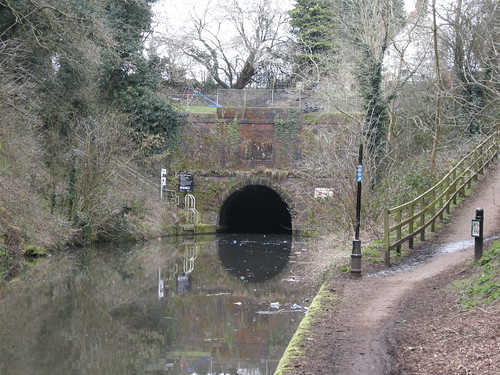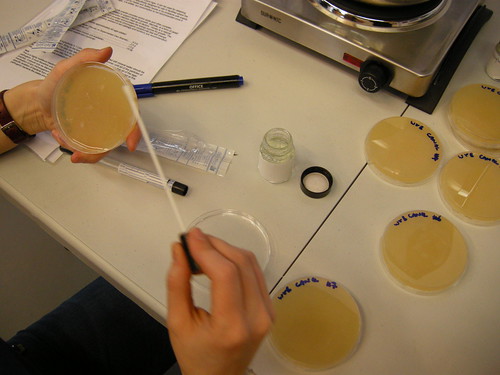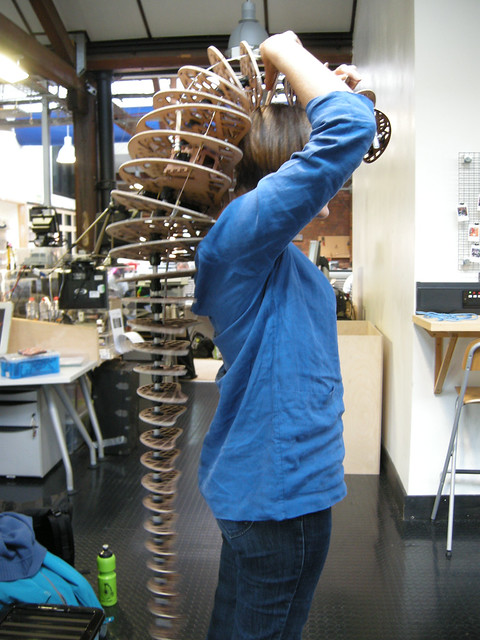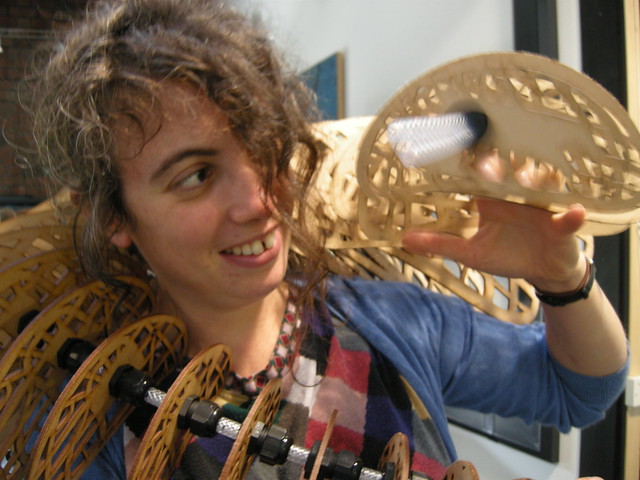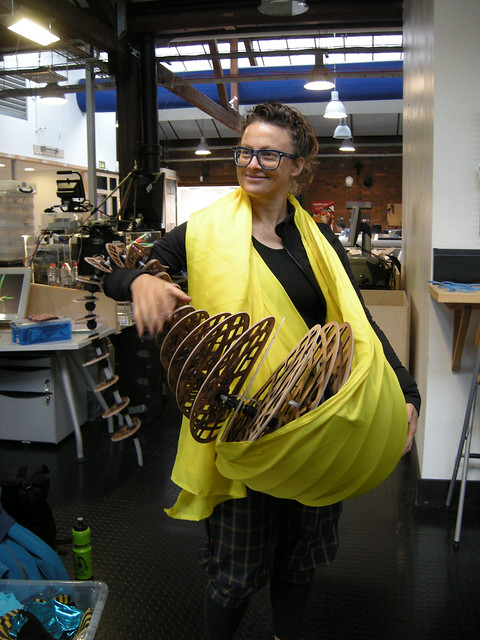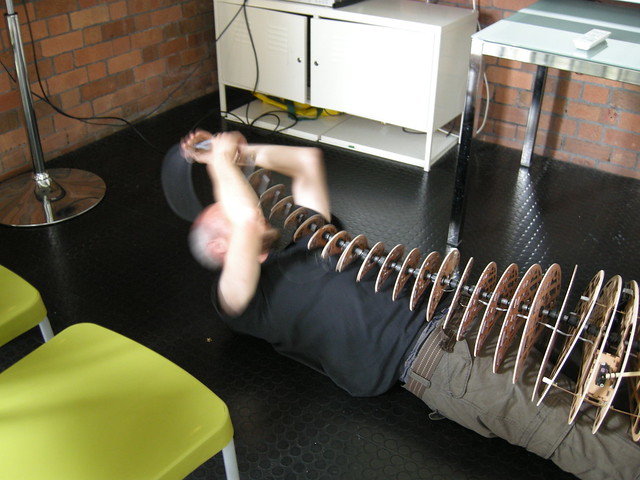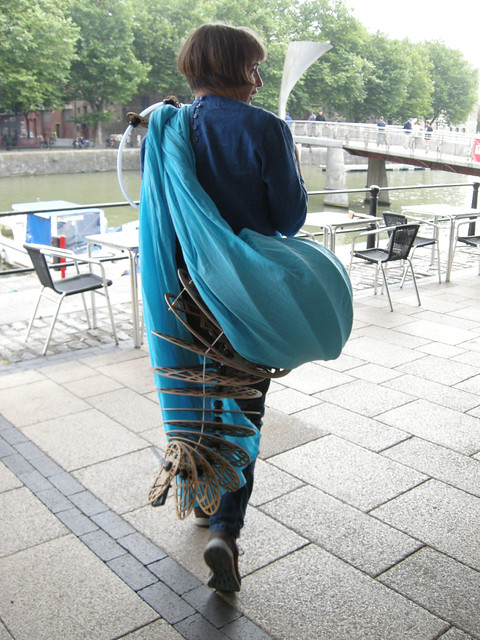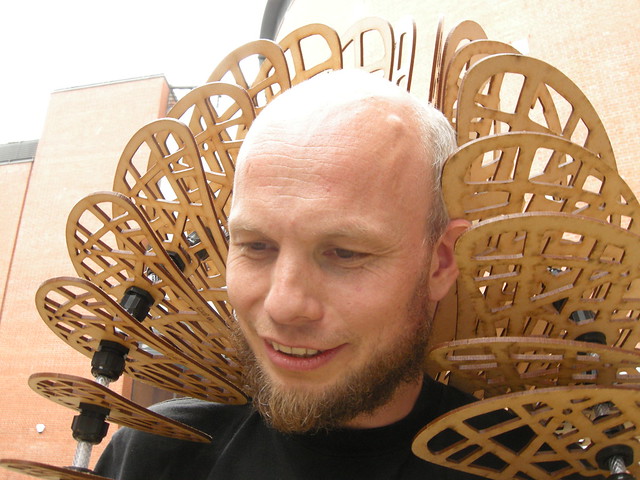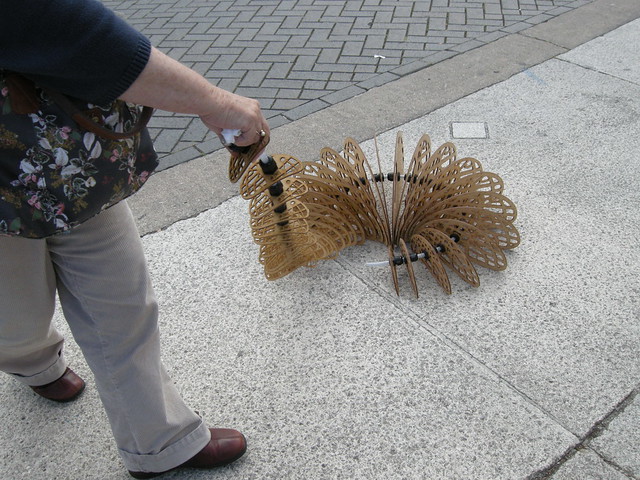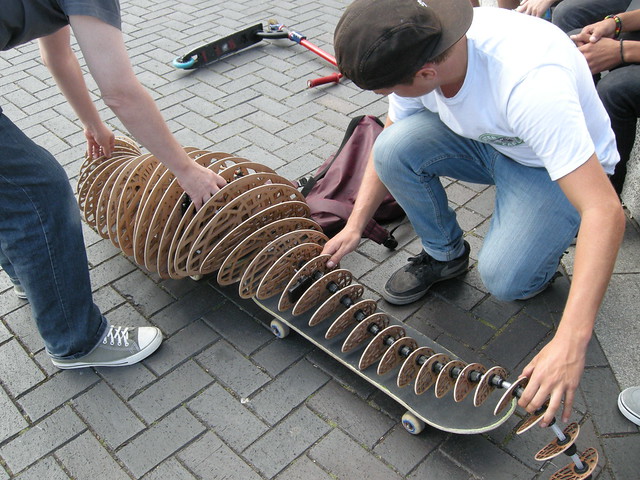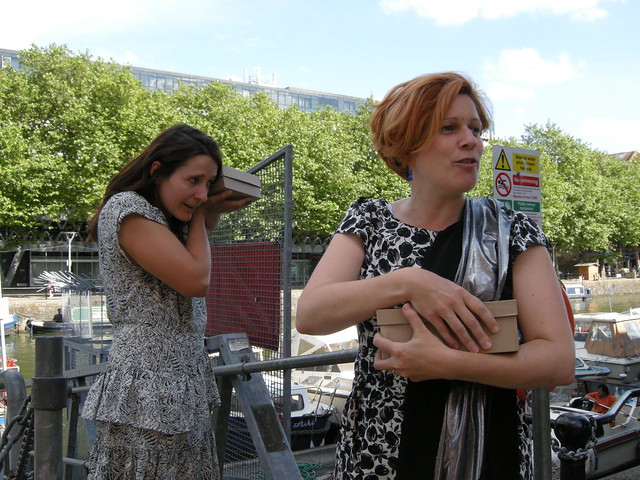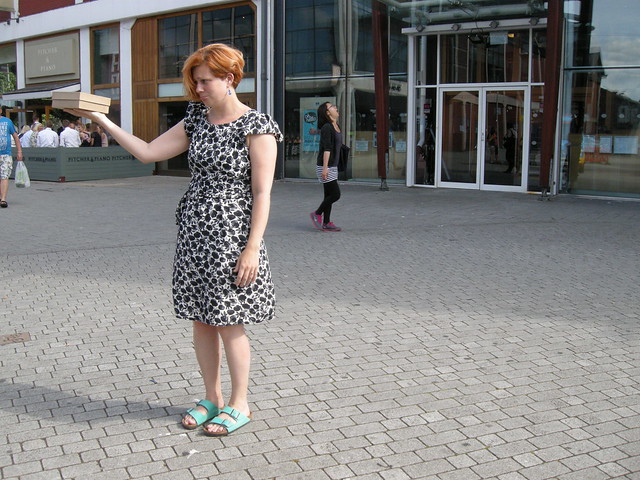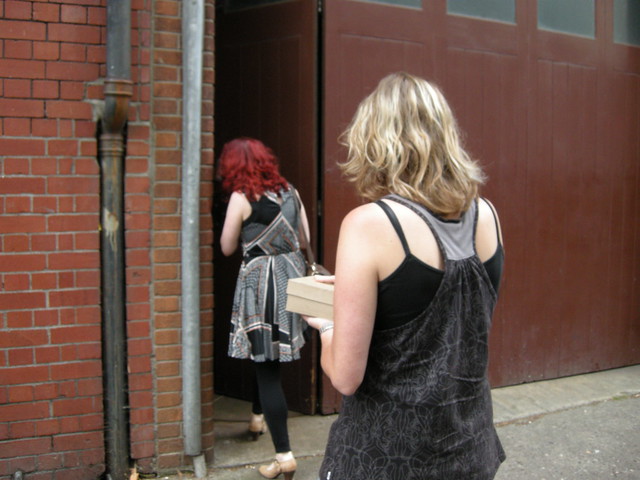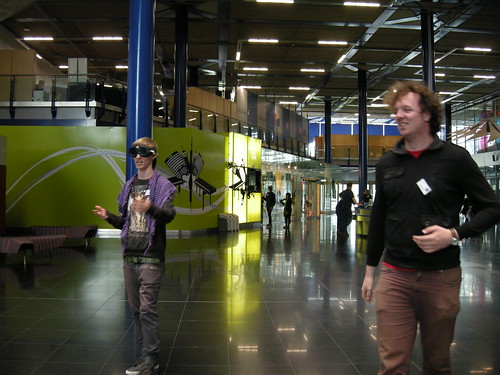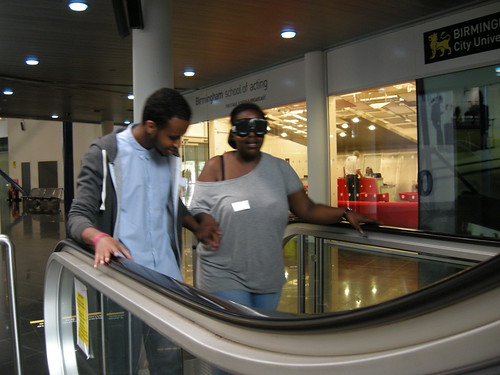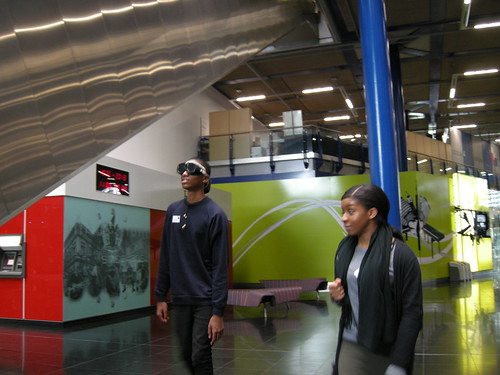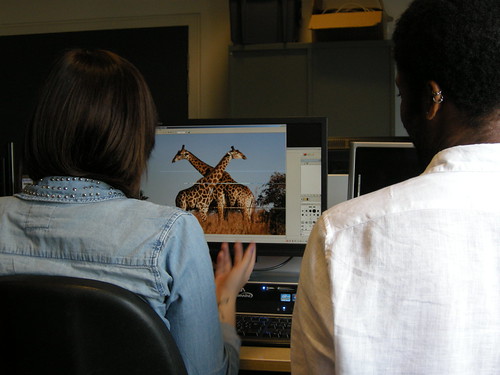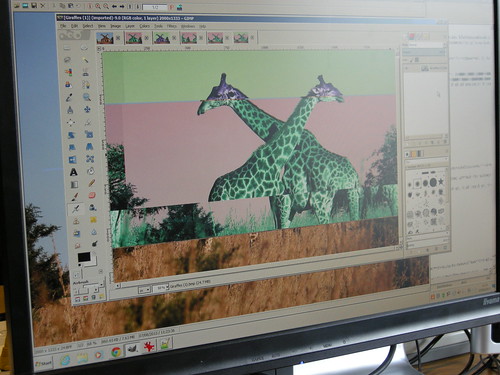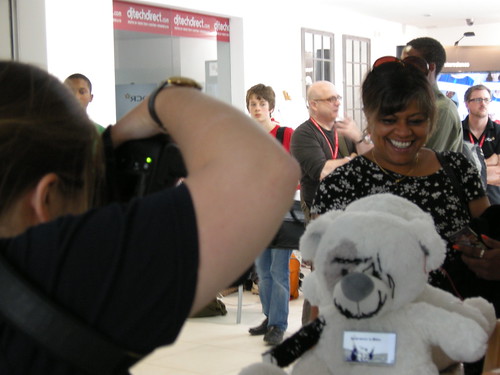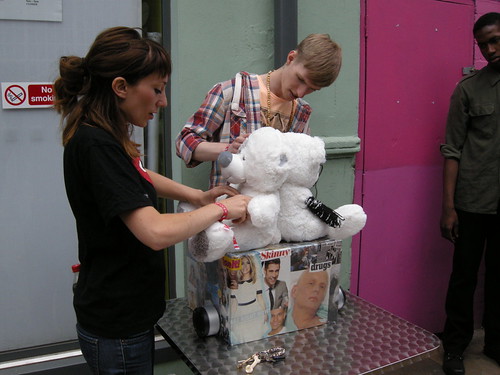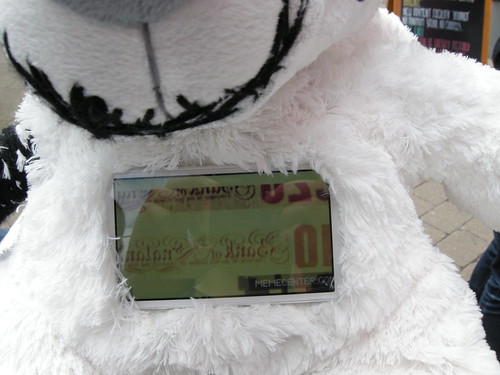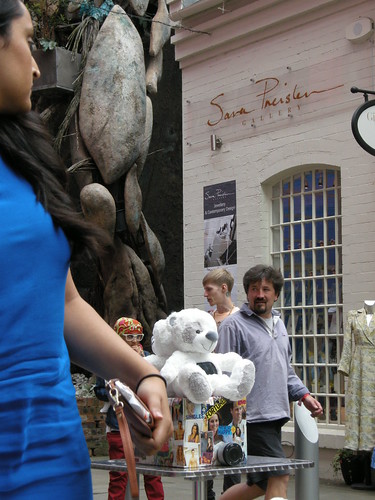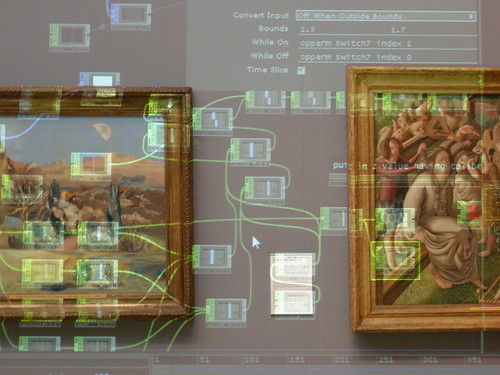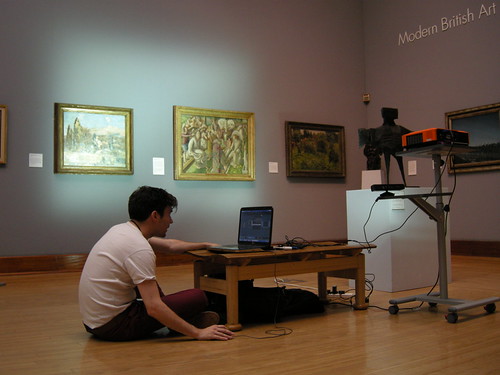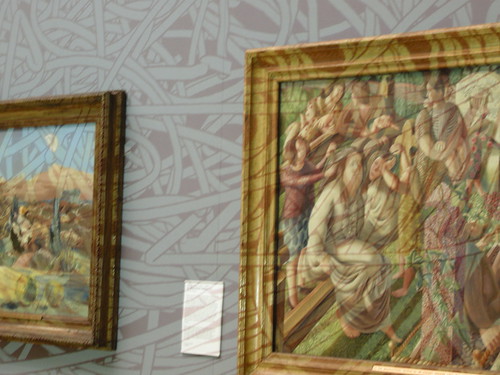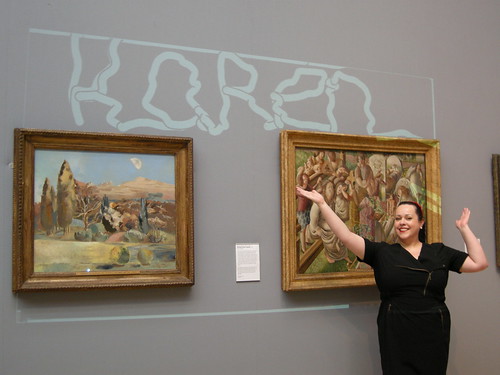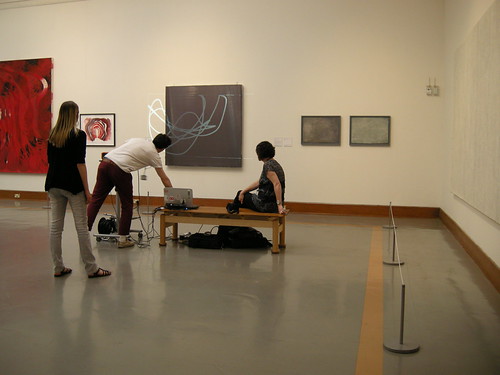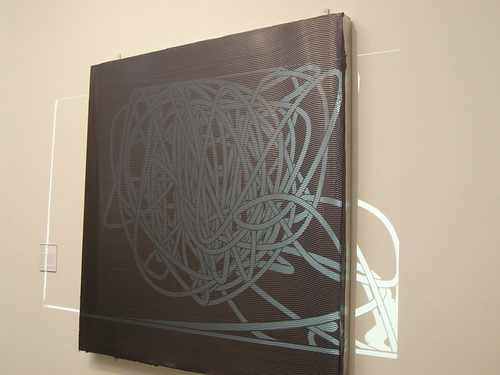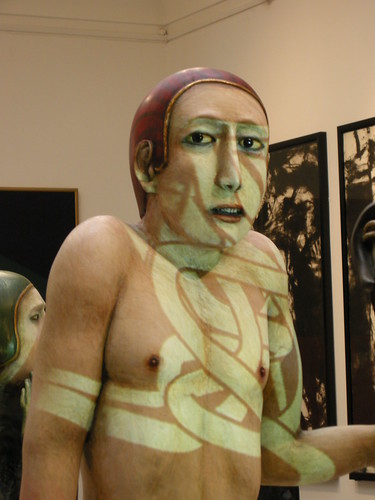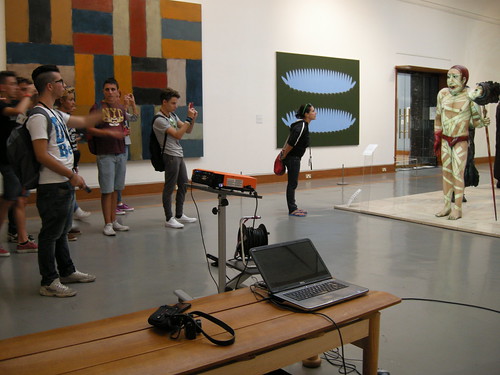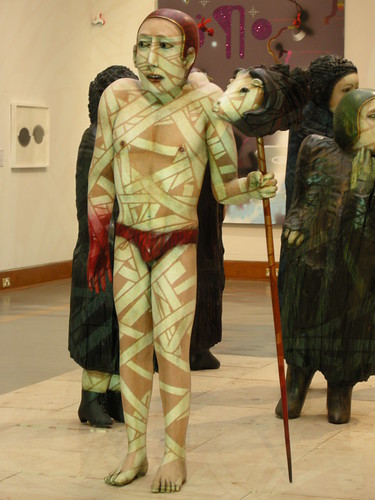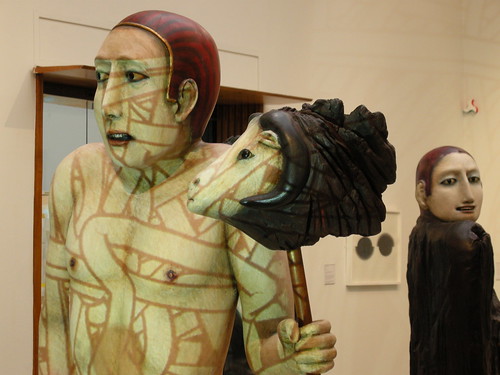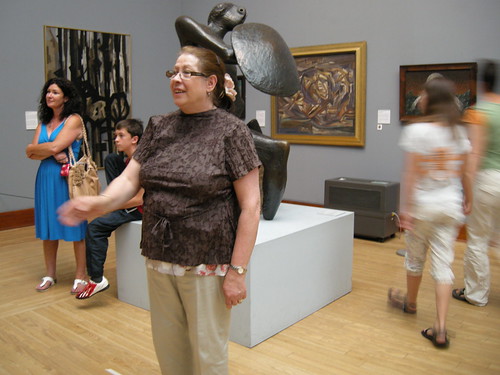Dipping into the canal
I have some early stage ideas floating around for a project that needs me to get a sense of what sort of microbial life might be found in the canals. With fellow BOM Fellow Melissa Grant running a pop-up lab for her Bioprospecting Birmingham event it was too good an opportunity – to start turning vague ideas into something tangible – to miss.
First though I had to roll up my sleeves and collect some samples of canal water.
This was done with some trepidation having spent my first three years in Birmingham reading in the student newspaper about people ending up in the canal and the tacit knowledge that what lurks within really isn’t good for you. Still, not as bad as as the Gowanus Canal in New York, eh?
I set off armed with latex gloves and tap water for washing my hands knowing that I wanted to collect 7 samples at intervals along the length of the Worcester & Birmingham Canal between where it emerges from the Wast Hill Tunnel having flowed under Hawkesley and where it ends in Birmingham city centre. I had a rough idea of where each sample would be taken, but I hadn’t really thought through how I would actually get the water from the canal into my prepared glass jars. This became all too apparent when I reached the tunnel.
The banks were a bit muddy, so I went to check out the concrete platforms right up by the tunnel thinking I might at least have a solid surface to work from and, looking at the far bank, something to hold onto too. Nope! The gate to the steps down to that side was locked. I’d already ruled out the steps on the near side: although I could get to them, I decided I didn’t want to go very far down them!
Nothing for it but to back up a bit, get a bit grubby, reach over the edge and hope for the best.
Success!
No loud splashes or tales of woe from the other 6 collection sites either. These were, in order,
#2 Where the Worcester & Birmingham Canal meets the Stratford-upon-Avon Canal at King’s Norton Junction
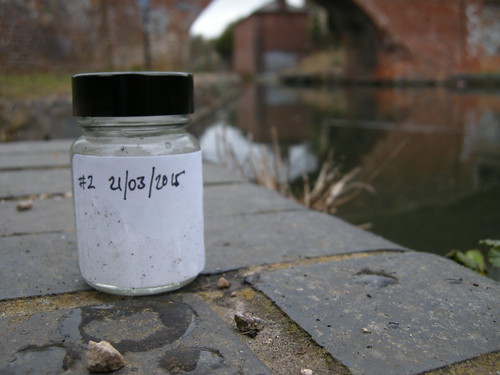
#3 By the electrons and chocolate at Bournville

#4 Where the water hangs in the air above the Selly Oak bypass

#5 By the Ross Barlow hydrogen-powered canal boat (where the waste product from the fuel cell is water)

#6 Under a dark bridge. We think there might be trolls…

#7 And finally from close to the Gas Street Basin
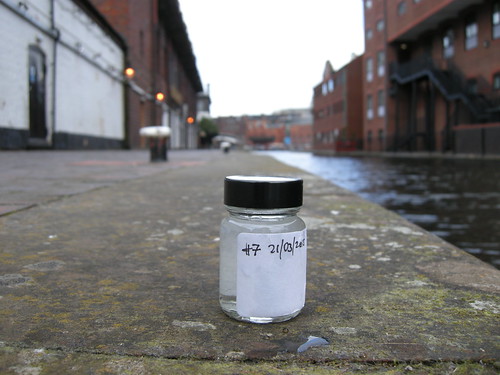
After that it was a quick dash home, a good shower and then on to BOM to check out Melissa’s latest laboratory facility and a recipe for agar growth medium featuring Marmite, honey and powdered milk.
After this curious mixture had been left to set and cool down in the Petri dishes, we swabbed water from each of my collection jars onto the agar plates and …well …nothing really. Now we just have to wait and see what grows on that lovely meal we prepared.
Bioprospecting Birmingham runs through until the end of the week and Melissa’s also giving a talk on Friday. I encourage you to go and see what’s emerged from the canals and also from the other locations around the city that have been swabbed by volunteers.
The rest of my photos from my collection expedition can be viewed on Flickr, and I’ll report back in a bit with (hopefully) some documentation of life forms from the Petri dishes.
